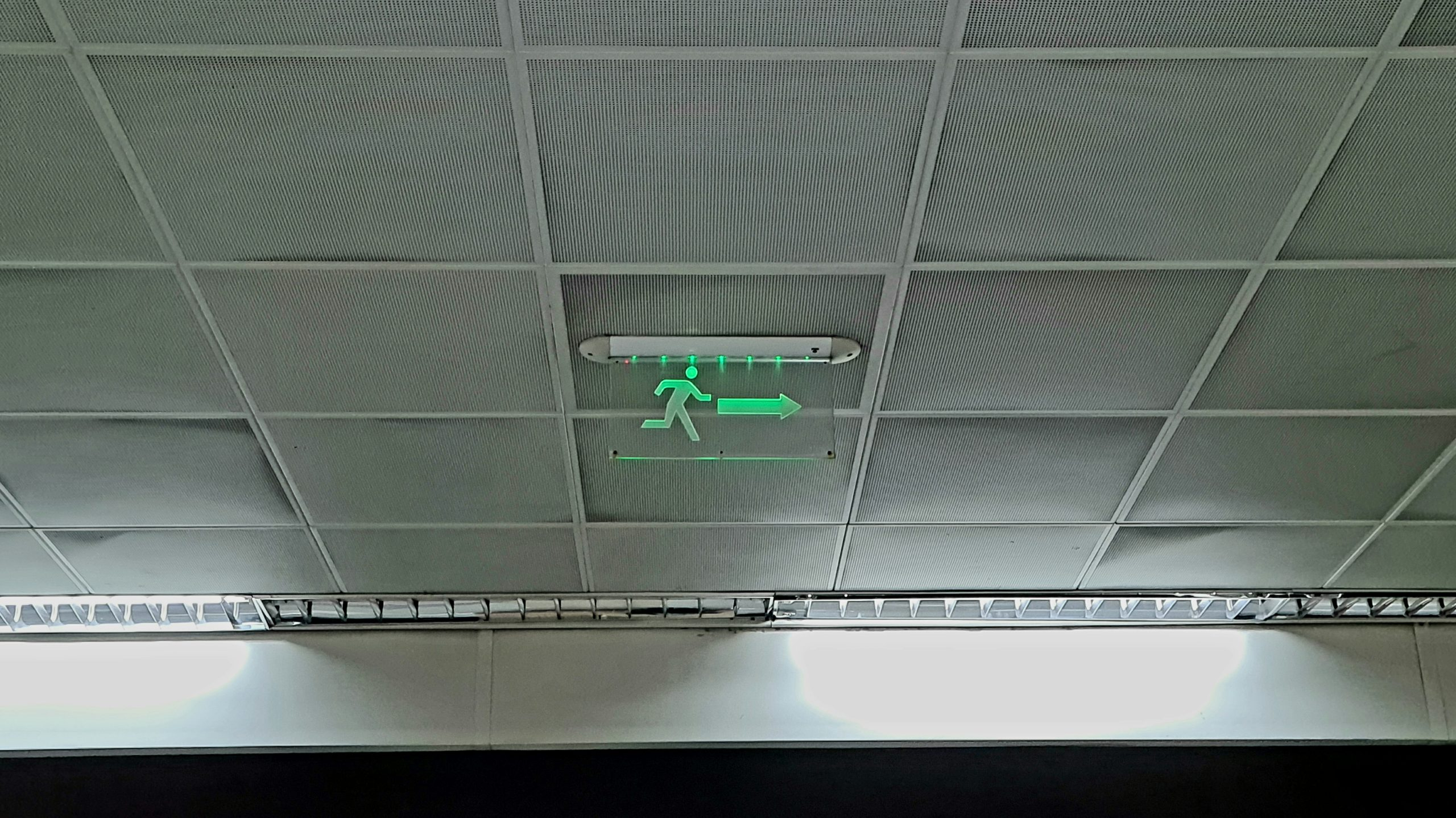Building Secure Vehicle Software with Over-the-Air Updates
In today’s world, technology is advancing at an unprecedented speed. With the emergence of smart vehicles, there has been a significant shift in the automotive industry. Cars are not just a mode of transportation anymore; they have become smart devices on wheels. This transformation has brought about the need for secure vehicle software that can be updated remotely through over-the-air (OTA) updates. In this article, we will delve into the importance of building secure vehicle software with over-the-air updates, and how it can revolutionize the automotive industry.
The Need for Secure Vehicle Software
The landscape of the automotive industry is changing rapidly, with more and more features being integrated into vehicles. Today’s cars are equipped with advanced systems such as infotainment, navigation, and advanced driver assistance systems (ADAS). However, these features are prone to cyber threats, making vehicle security a crucial aspect to consider. According to a study by Upstream Security, the number of automotive cyber attacks increased by 211% in 2019 alone. This alarming increase in cyber attacks highlights the need for secure vehicle software.
The Risks of Not Having Secure Vehicle Software
The consequences of not having secure vehicle software can be catastrophic. A cyber attack can make a vehicle vulnerable to hacking, remote control, and even theft. With more cars becoming connected to the internet, the risk of hacking increases exponentially. Hackers can exploit vulnerabilities in the vehicle’s software, gaining access to sensitive information, such as personal data, vehicle location, and control of vital systems. This can not only put the driver and passengers’ safety at risk but also result in financial losses for the automotive industry.
What is Over-the-Air (OTA) Updates?
Over-the-air updates, commonly known as OTA updates, are a wireless way of updating a vehicle’s software. It allows for remote deployment of software updates and patches to connected vehicles, just like how you update apps on your phone. OTA updates can deliver updates to the vehicle’s infotainment system, telematics, and even the control units responsible for critical functions such as braking and steering. As compared to traditional methods of updating software, such as recall campaigns or manual updates, OTA updates offer a more efficient and cost-effective solution.
The Benefits of Over-the-Air Updates for Secure Vehicle Software
Over-the-air updates not only make the software update process more convenient but also bring a host of other benefits. The most significant advantage of OTA updates for secure vehicle software is the ability to address vulnerabilities and patch security flaws quickly. In the event of a cyber attack, manufacturers can deploy patches and updates over the air, minimizing the risk of further attacks. Furthermore, OTA updates also allow for the introduction of new features and improvements without the need for a physical visit to a dealership, providing a seamless customer experience.
Building Secure Vehicle Software with Over-the-Air Updates
Incorporating OTA updates into the process of building secure vehicle software can significantly enhance the security of connected vehicles. This can be achieved by following these key steps:
1. Security by Design
The first step in building secure vehicle software is to incorporate security into the design phase. This involves identifying potential vulnerabilities and implementing security mechanisms to prevent cyber attacks. Manufacturers need to have an in-depth understanding of the threat landscape and continuously monitor for new risks to ensure that the software remains secure.
2. Secure Communication Protocols
OTA updates rely on wireless communication, making them vulnerable to hacking. To ensure secure communication, manufacturers need to implement strong encryption algorithms and authentication mechanisms. They also need to monitor the integrity of the communication channels to prevent any tampering.
3. Continuous Testing and Validation
Building secure vehicle software with OTA updates is an ongoing process. Manufacturers need to continuously test and validate the software to identify and address any new vulnerabilities or security flaws. This will ensure that the software remains secure throughout the vehicle’s lifespan.
4. Collaborative Efforts
Building secure vehicle software requires collaboration between different stakeholders in the automotive industry. Manufacturers, suppliers, and other third-party vendors need to work together to ensure that all components of the software, including the OTA update system, are secure. Collaboration will also help in sharing knowledge and best practices to further strengthen the software’s security.
Conclusion
In conclusion, building secure vehicle software with over-the-air updates is crucial for the safety, security, and overall advancement of the automotive industry. By incorporating security measures at every stage of the process and continuously monitoring and updating the software, manufacturers can ensure that their vehicles remain secure against cyber attacks. Collaborative efforts towards building secure vehicle software will not only benefit manufacturers but also provide a safer, more secure driving experience for consumers.











